Muck: off
A dozen steps to mitigate mud’s effect, making mud plugging less of an ordeal more a chance to practice your skills when the weather and conditions are at their worst.
>>> The best mountain bike mud tyres
Mud is not your friend, it gets everywhere, it wrecks your bike, especially your brakes, and it’s also heavy, so it can really alter the handling of your bike and suspension sensitivity. You won’t stop all of the mud sticking to your bike and gear but here’s ways to reduce it.
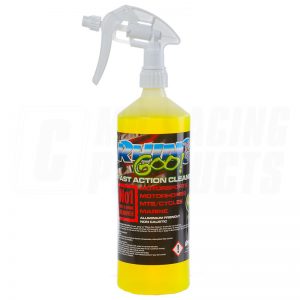
1. The first line of defence for stopping mud sticking to your bike is to clean it regularly. It’s definitely worth using a cleaning spray to do this and the one we recommend, because it’s safe on aluminium, rubber, paintwork, carbon fibre but also cuts through the grime, is Rhino Goo’s Fast Action Cleaner (£6.50, rhinogoo.co.uk). It comes pre-mixed but you can also buy a whopping 10lt tub of concentrate for £22.99.
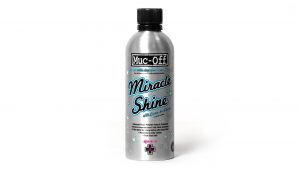
2. If you polish the frame once it’s dry mud is less likely to stick to a shiny surface and it’ll be easier to clean off next time. We recommend Muc Off’s Miracle Shine (£19.99, muc-off.com) a liquid wax that features the company’s Fluoro Polymer Technology, a sort of microscopic protective layer that stops dirt and grime sticking to your frame.
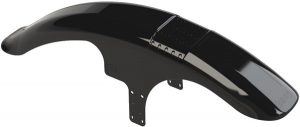
3. Stopping the mud at source is a sensible idea and this means fitting a mud guard. One of the most effective is RRP’s new ProGuard Max Protection (£26.99, extrauk.co.uk). Fitting a big front guard makes a lot of sense because when you ride slowly through a puddle, a spray of the sticky stuff leaves the tyre at around 5 o’clock and often hits the frame but if you ride faster and it’s thrown further forward and then you actually ride into it. The ProGuard Max Protection is big enough to cover all the release points, so that you stay clean no matter what.
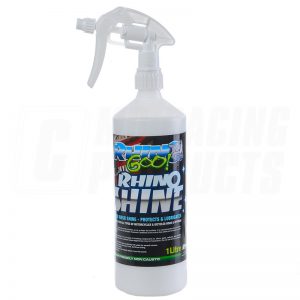
4. The downside of a big mudguard is more mud will stick to it. To reduce mud collection use a silicone or Teflon spray on the plastic surface before riding. We’ve had a lot of success with Rhino Goo’s Silicone Shine (£10.99, rhinogoo.co.uk) just remember to cover the calliper and rotor when spraying this on your bike.
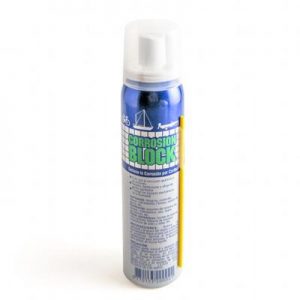
5. After cleaning it makes sense to use a rust inhibitor on your bike and components. Most of the commonly available ones do a good job but one of the best is Corrosion Block from Lear Chemicals. This was developed for the marine industry and not only removes moisture from components, it kills any corrosion in progress and even prevents new corrosion cells from forming for 12-18 months. This is amazing stuff and works great on steel fixings, like stem, seat clamp and pivots bolts. It’s £6.99 for 118ml (acf-50.co.uk) and the company even recommends it for electronics, which is good news for e-bike users.
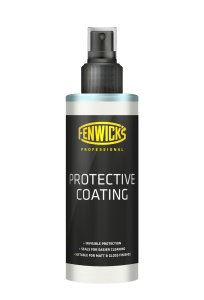
6. Regular re-waxing and silicone spray applications are effective but can be a chore. If you want to do something less often and still reap the benefits try Fenwick’s Professional Protective Coating (£11.99, zyrofisher.co.uk). This chemical bonds to the frame surface and once sealed, the frame, and components, take on a new-found resistance to contaminants, making cleaning quicker and easier. The matt finish is also none sticky and slippery, and the company claims one application will last up to six months.
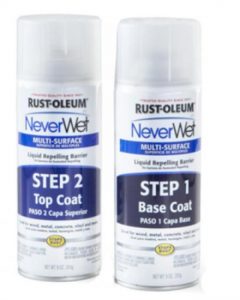
7. Rust-oleam NeverWet (£9.95, B&Q) is another hydrophobic treatment that you can spray on your frame and mudguards. It’s a two-step system, so takes a little longer to apply and you have to leave it for 12hours to cure but it creates a moisture repelling barrier, which works in a similar way to a DWR coating, causing water droplets to pool together and run off.
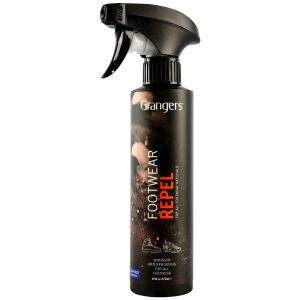
8. If you’re the sort of rider that’s bothered by wet feet you need to proof your shoes. Grangers Footwear Repel (£8, grangers.co.uk) is specially formulated to restore or create a water-repellent finish on msst foot wear. It’s basically a DWR (durable water repellent) coating that causes water to pool and then run off the surface. It’ll also maximise breathability and, unlike the DWR on a jacket, you don’t need heat to activate it.
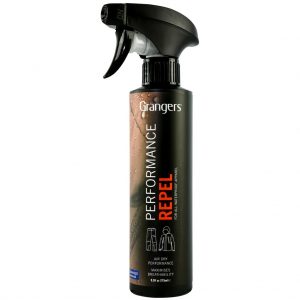
9. Grangers also produces proofer for jackets and trousers and, while the 2-in-1 wash and repeal products are the most convenient, because you can just bung them in the washing machine, we’ve had greater success with Performance Repel (£9, 275ml, grangers.co.uk). This comes in spray form and allows you directly target areas where the DWR coating has degraded like the shoulders and seat of your pants.
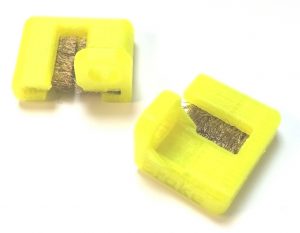
10. You know that grinding noise you hear when you ride through a mud bog, well that’s dirt on the pads and disc rotors, which not only makes your brakes less effective it also wears the pads down quicker. Thankfully Brake Protec has a solution – small 3D printed nylon carrier with two sets of soft, fine brass bristles that brush contaminants off your rotors before they come in contact with the brake pads. The bristles drag slightly tiny when new but once bedded in your pads will last longer, brakes work better and you don’t have that annoying grinding noise. €35.95 pair, €21.95 individually, brakeprotec.com.
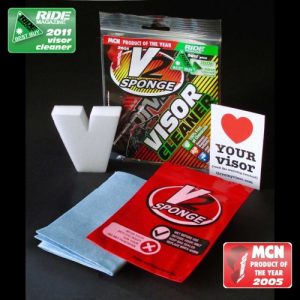
11. We’ve all been there – first run down on an uplift day, googles plastered in mud and you clean them quickly on your jersey, which rubs grit and dirt across the lens, scratching it permanently. What you really need is Visorvision’s V2 Sponge (£3.75, mad4bikes.co.uk), a simple v-shaped sponge, made from high-tech micro-cell material that you soak in water and then carry in the small gripseal bag included. It’ll remove any surface debris or mud splatter without scratching the lens.
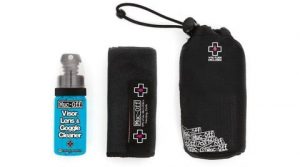
12. The other option for goggle and eyewear cleaning is Muc Off’s Visor, Lens & Goggle Cleaning Kit (£12.99 muc-off.com). This kit contains a premium quality microfibre cloth that has been specifically designed to clean delicate lens finishes and a 32ml spary bottle of pH balanced, biodegradable cleaner. You also get a neoprene bag to keep it in.




